On the 2024 NAEP eighth-grade reading test, Catholic-school students scored 20 points higher than public school students. On the eighth-grade math test, Catholic-school eighth graders scored 21 points higher than their public-school peers.
According to education policy analyst Matt Ladner, the academic advantage for Catholic-school students has been growing over the last decade and equaled approximately two grade levels in both eighth-grade math and reading in 2024.
The positive effect of Catholic schools, which accepts students whether they are Catholic or not, impacts key at-risk demographic groups.
For instance, in Catholic schools and regular public schools with similar proportions of low-income students, Catholic-school students, on average, scored two grade levels above their public-school counterparts.
Black students at Catholic schools, on average, were nearly one-and-a-half grade levels ahead of Black students in traditional public schools.
Indeed, if all Black students performed at the level of Black Catholic-school students, the racial achievement gap in reading between Black public-school students and the category of all public-school students would be eliminated completely and would be reduced by two-thirds in math.
Also, not only did Hispanic Catholic-school students significantly outscore Hispanic public-school students, they also outscored the category of all public-school students.
The million-dollar question then is why are Catholic-school students performing at a much higher level compared to their public-school peers?
The answer is clear when one looks at how subjects are taught in public schools versus Catholic schools.
In reading, many public schools use the ineffective balanced literacy instructional method. In California, eight out of 10 school districts use the balanced-literacy approach, which relies on the so-called three-cueing method that encourages students to guess at words that they do not recognize.
It is no coincidence that NAEP results show that more than seven out of 10 California fourth graders fail to read at the proficient level.
Overwhelming research shows that instruction based on phonics, where students sound out letters and put the sounds together to make words, is the most effective way to teach reading. It is therefore unsurprising then that most Catholic schools emphasize phonics.
Stephen Marositz, who served as a top education official at the New York Archdiocese, has said, “The ‘return to phonics’ is a foreign concept for us because it never left.” Archdiocesan standards, he noted, have consistently mandated phonics instruction.
Jessica Aybar, a principal at a Catholic school in New York, said that her school used a rigorous phonics-heavy curriculum that resulted in improved test scores, especially for non-English-fluent students.
In addition to more effective instruction, Catholic schools often have more rigorous grading and academic standards than many public schools.
For example, the successful Cristo Rey network of urban Catholic high schools, uses a strict grading scale where 90 to 100 points equals an A, 80 to 89 equals a B, 70 to 79 is a C, and anything from 69 and below is an F.
Contrast that scale with the progressive equity grading craze in public schools, where, for example, the San Francisco school district proposed that anything above an 80 would be an A and anything above a 41 would be a C.
With the inclusion of a federal school-choice scholarship program in the recently enacted “One Big Beautiful Bill,” plus the surge in states implementing school-choice programs such as education savings accounts for parents to use for expenses such as private school tuition, more families will be able to access higher performing Catholic schools than ever before. That is a development that gives hope to our children and for America’s future.
Lance Izumi is senior director of the Center for Education at the Pacific Research Institute. He is the author of the 2024 PRI book The Great Classroom Collapse: Teachers, Students, and Parents Expose the Collapse of Learning in America’s Schools.

